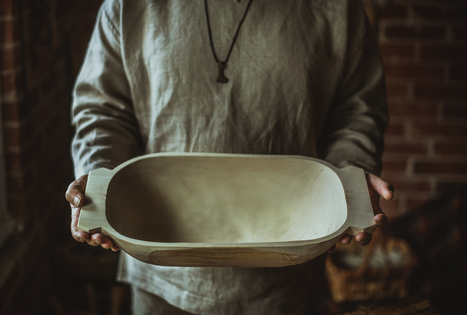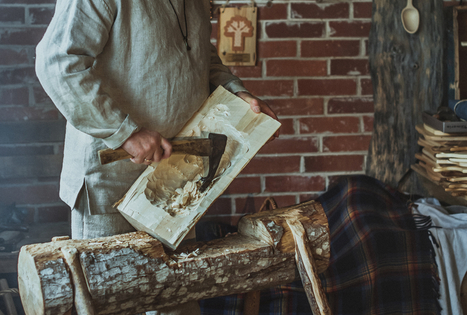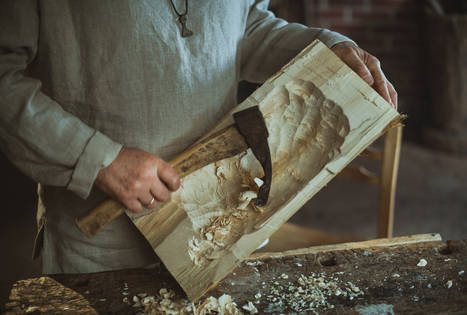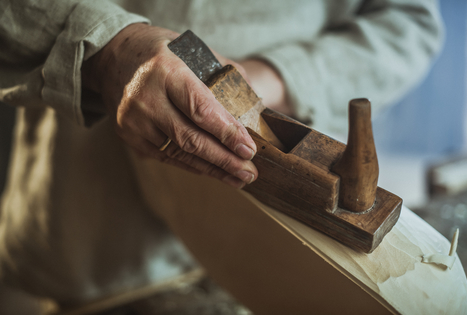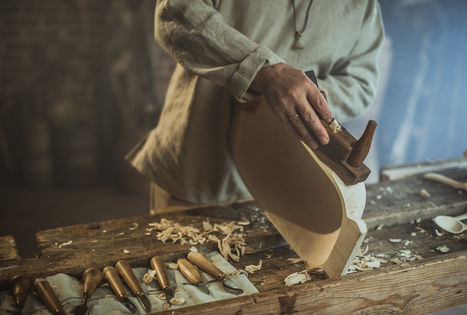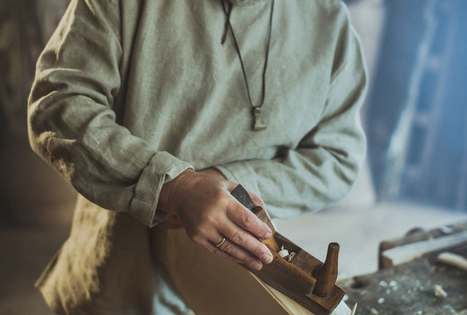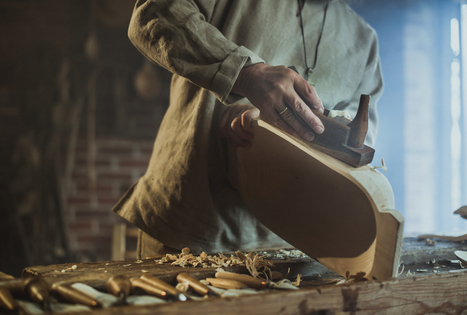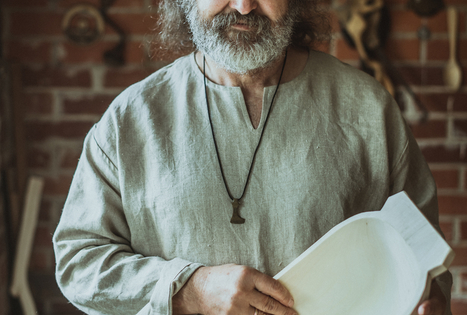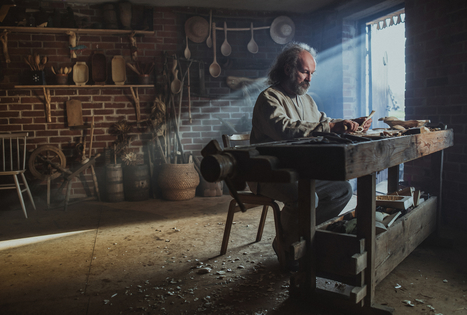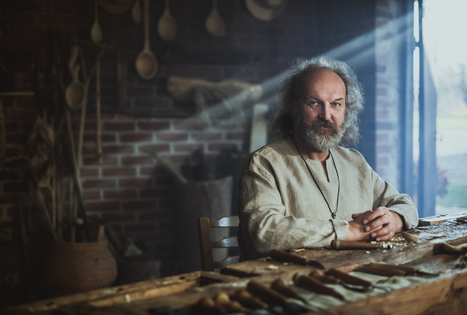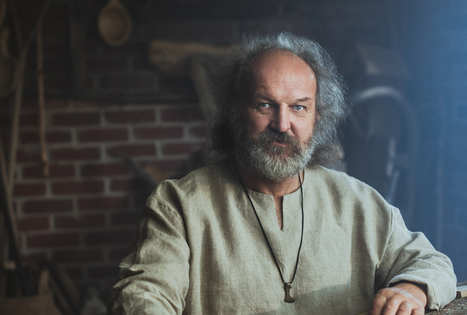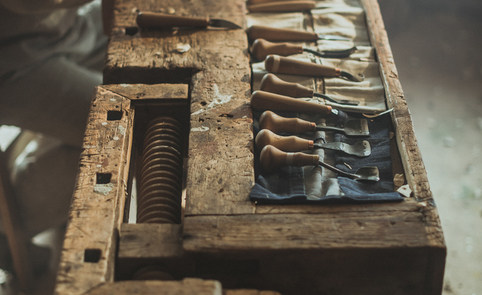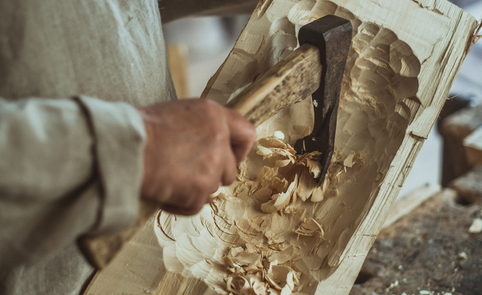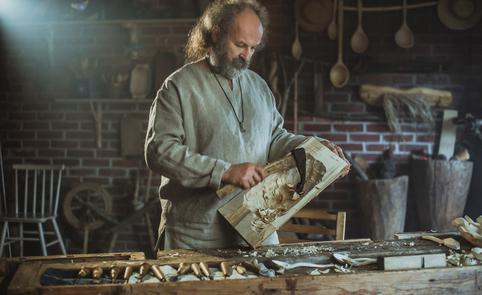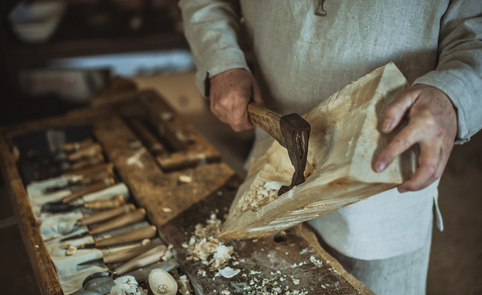Do you know what a gorčius is? In days of yore, this obsolete word was used by Lithuanians on a daily basis.
Traditions of a thousand years
Coopering traditions span thousands of years of human history. The Gauls are believed to have been the first ones to use barrels, with the Romans taking over the technology for this traditional craft some time later.
People used cylindrical barrels to hold both liquids and dry stuffs. However, ancient civilisations probably used these vessels the most for storing and transporting wine and other alcoholic beverages.
Coopering in Lithuania
You could say that coopering began in Lithuania with the emergence of woodworking technologies back in the Middle Ages. For a long time, this craft was part of everyday life – each city had its own baker, shoemaker and cooper.
In their workshops, coopers would make vessels for storing food and beverages, various barrels, and tubs for bathing.
The coopers who lived in the large cities during the 16th-19th centuries mostly belonged to carpenter workshops. Since the emergence of factory-made metal and plastic household items in the mid-20th century, the cooper’s craft has been disappearing, with only a handful of villagers and folk artists still making a living from it.
Work can take more than a year
When making barrels according to the old traditions, it is important to select the right material and dry it naturally. Only quality black or grey forest oak 200 years or older is suitable. It takes one and a half to two years to produce one barrel. Several products are made at once, and once the structure is made, it is stored without a bottom for a long time.
The oldest tubs were hollowed out from trees, but the sides later began to be crafted from staves. They were usually around 70-130 cm high, with a volume of 50-200 litres. The tubs were bound by wooden or iron hoops and covered with lids woven from straw or strips of hazel or constructed from boards. When making large barrels, sweet flag used to be put in the gaps between the staves so that the planks would have better cohesion. Peasants used to carve tubs from solid trees, but only coopers made them from staves.
Coopers also made various household items out of pine, spruce and aspen. Birch and linden bark were also used for dishes. Oak was usually the wood of choice for making gorčius – an old-fashioned vessel used for measuring or carrying grain, flour and feed.
Secrets passed down from generation to generation
The secrets of this craft are passed down from generation to generation. Coopers used to learn the craft from other craftsmen, but usually took it over from their fathers. The main products that coopers make include auseklis (a large bucket with “ears”), kneading troughs, kraitkubilis (“dowry tub” – a lidded tub to store dowry linens and clothing), tubs, barrels, buckets, milking buckets, lunch buckets, scoops, ladles, spoons, troughs and butter churns.
This type of business still exists to this day. There are 15 certified coopers in Lithuania.

